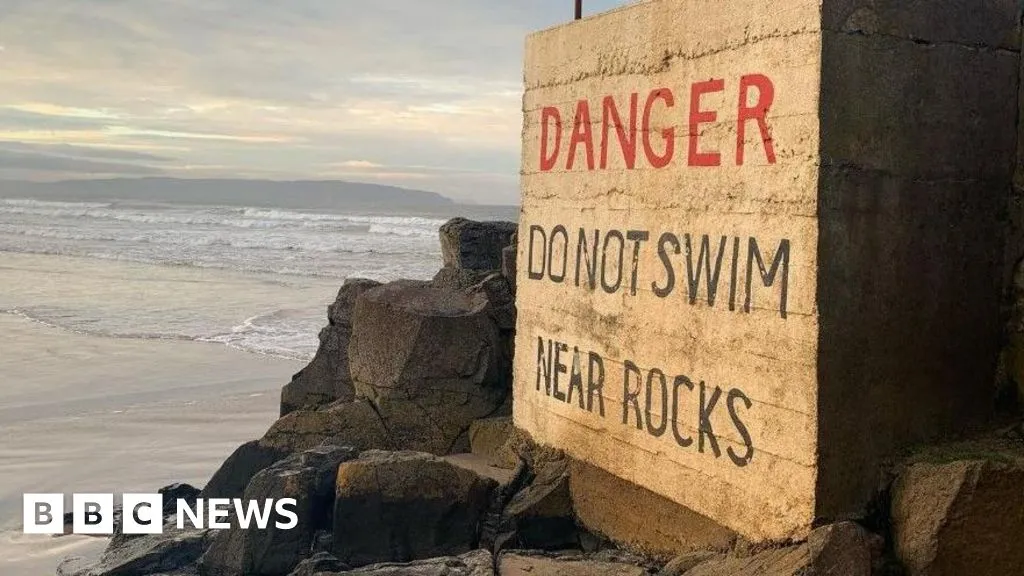Visitors to the north coast have been reminded of temporary advice against bathing notices at Portstewart Strand and Downhill this weekend due to the presence of blue-green algae.
Swimming is currently not advised at the two sites, and while increased levels of blue-green algae have also been detected at Castlerock Beach, no bathing ban is in place there at this time, but it will continue to be monitored.
The Department of Agriculture, Environment and Rural Affairs (DAERA) said its bathing waters team recorded the algae at "red-alert level" at Portstewart Strand on Tuesday.
In a social media post on Friday, The National Trust, which manages Portstewart Strand, urged visitors to remain vigilant.
While beaches like Portstewart Strand and Downhill remain open to the public, officials are urging people to remain cautious and to avoid contact with the water.
Families and pet owners in particular are being asked to take extra care, with advice that children and animals should be kept away from the shoreline.
The National Trust said visitors to Portstewart Strand are reminded:
- Do not swim, fish, or wade in the water
- Do not use boats, kayaks, or other watercraft
- Do not let animals drink from or swim in the water
- Avoid touching or playing with algae scum or mats on the beach
Daera said it will continue to monitor water quality and hopes to provide an update next week.
Blue-green algae has been present in Lough Neagh all summer.
Recent weather conditions have led to portions of the algal mats travelling along the Lower Bann River to the north coast.
In August, the first algae-related bathing ban on the coast was put in place at Benone but was subsequently lifted a few days later.
In the meantime, anyone who believes they have spotted blue-green algae is encouraged to report it via the Northern Ireland Environment Agency's dedicated app.
Blue-green algae, technically known as cyanobacteria, is a collection of microscopic organisms that are naturally present in lakes and streams.
Under certain conditions, blue-green algae can become abundant in warm, shallow, undisturbed, nutrient-rich surface waters that receive a lot of sunlight.
When this occurs, blue-green algae can form blooms that discolour the water, or produce floating mats or scums on the water's surface.
It can spread rapidly, with blooms beginning to double every seven to 14 days.
While some blue-green algae can produce toxins, it is not possible to tell by sight alone. For pets, livestock and wildlife, the blooms can be extremely dangerous.
If people are exposed to high levels of blue-green algae, either through contact with water blooms, swallowing the water or inhaling airborne droplets, may cause health effects.
These can include diarrhoea, nausea or vomiting; skin, eye or throat irritation; and allergic reactions or breathing difficulties.
